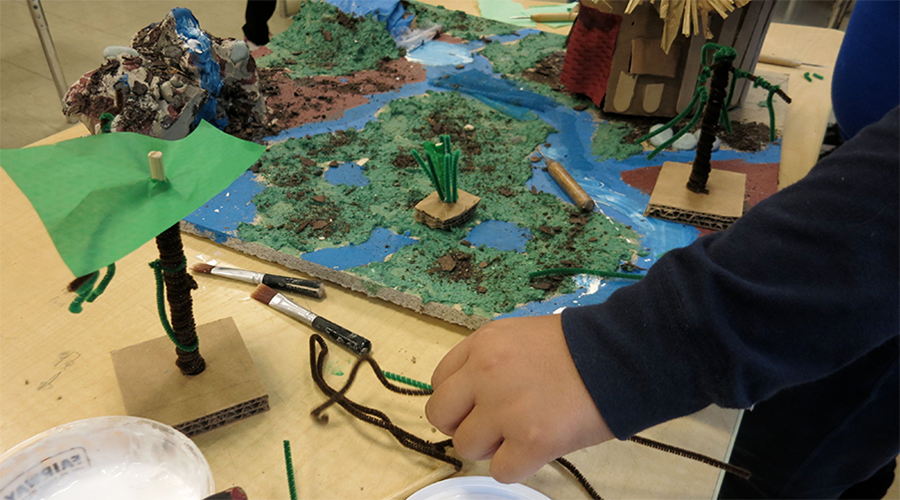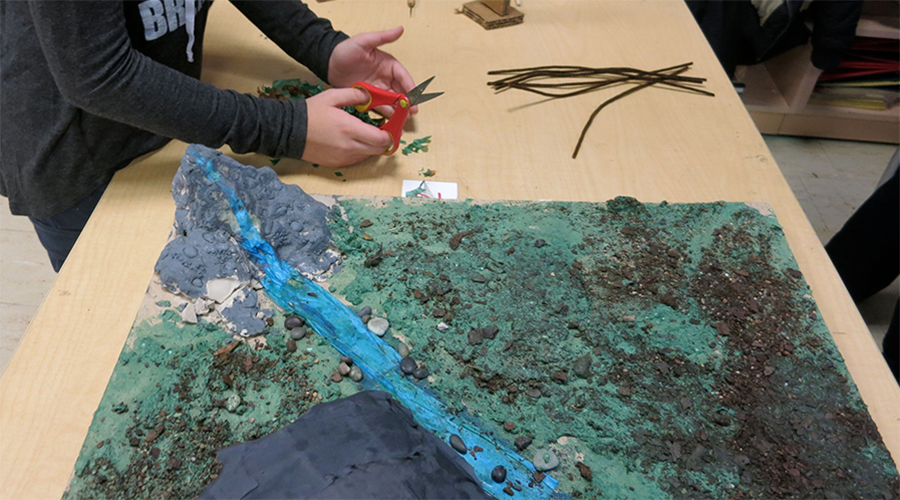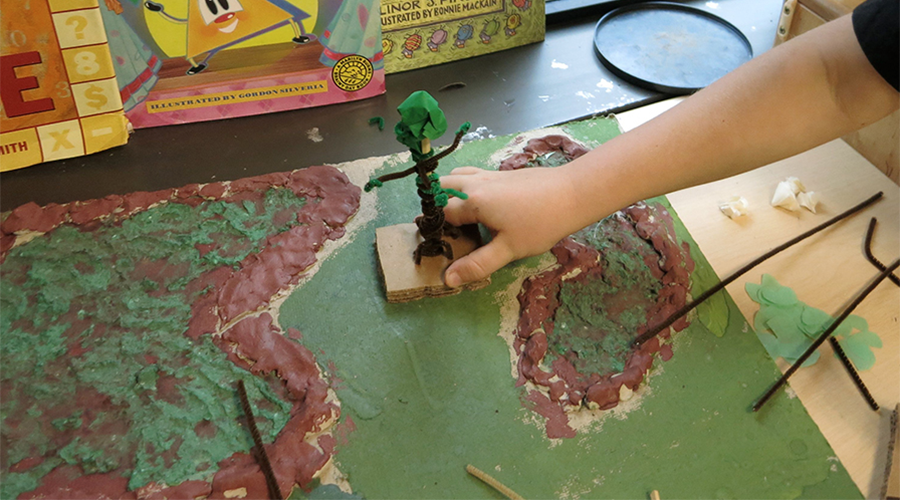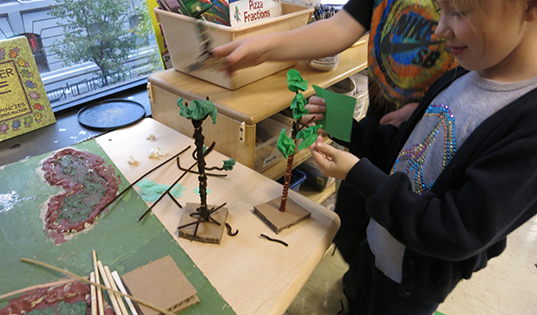 Schedule
Schedule
Three to four 45-minute periods for read aloud
Goals
Students continue to study how people live in and interact with their biome. Teachers continue reading aloud informational text picture books, exploring how where people live affects how they live. Students continue learning how indigenous people live or lived in a particular biome. Emphasis in this week’s books is placed on vegetation, as students will be making vegetation in Integrated Art.
Materials
Books
- Tropical Rainforest: The Shaman’s Apprentice: A Tale of the Amazon Rainforest by Lynne Cherry & Mark Plotkin
- Temperate Forest: When the Shadbush Blooms by Carla Messinger, Susan Katz
- Wetlands: Meadowlands: A Wetland Survival Story by Thomas Yezerski
- American Desert: Dreamplace by George Ella Lyon & Peter Catalanotto (also The Shepherd Boy by Kristine Franklin)
- African Desert (Sahara): Sahara (Vanishing Cultures) by Jan Reyno
Teacher-made packets of note taking sheets for each book
Procedures
In this second of two weeks of read alouds, teachers will schedule time to read aloud remaining books to the whole class. Students will use the same packet of note-taking sheets that contains one sheet for each book. While each sheet is customized to a particular book, students will be analyzing the people, clothing, shelter, food, water, plants, and animals in each of the biomes profiled in the books.
Assessment
Formal: Teacher review of note-taking sheets
Informal: Asking children individually and in whole group about learnings, discoveries and questions about their biome.
Suggestions for Teachers
- Leave books out in the classroom and available for students to come back to on their own.
- Record the information students are recording on the interactive whiteboard, allowing for a visual representation of their thinking. Open this document each time you read.
- Continue ensuring that read alouds are interactive and that discussions encourage connections to students’ lives.
- Encourage students to compare and contrast the cultures in each of the biomes.
- Place particular emphasis on plants and vegetation in this books. Encourage conversations around how people use plants and vegetation in particular biomes, like for medicine, for example.
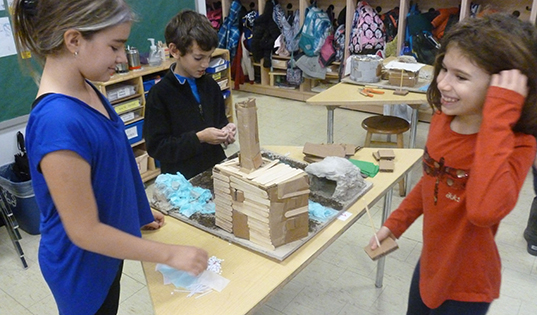 Schedule
Schedule
